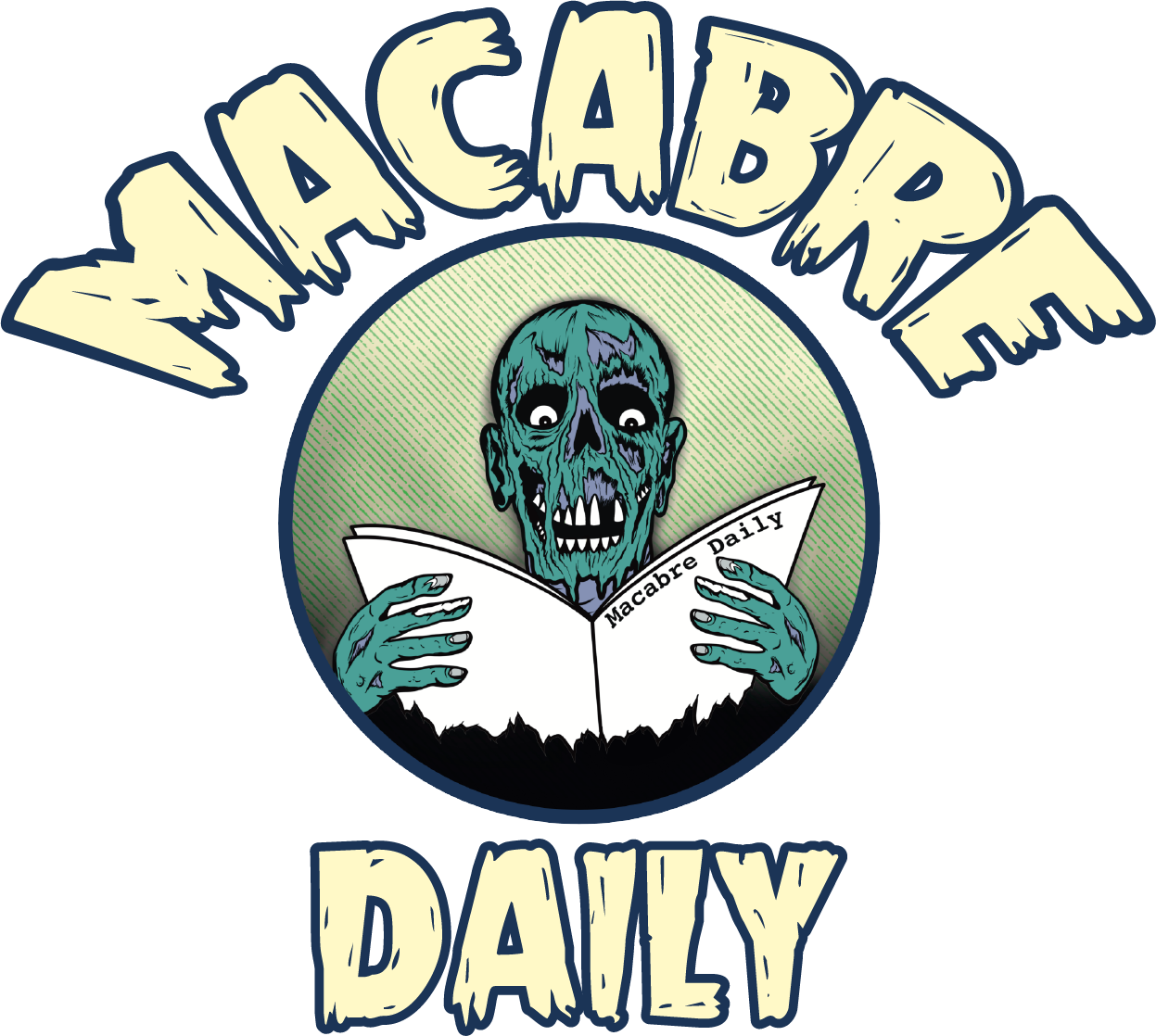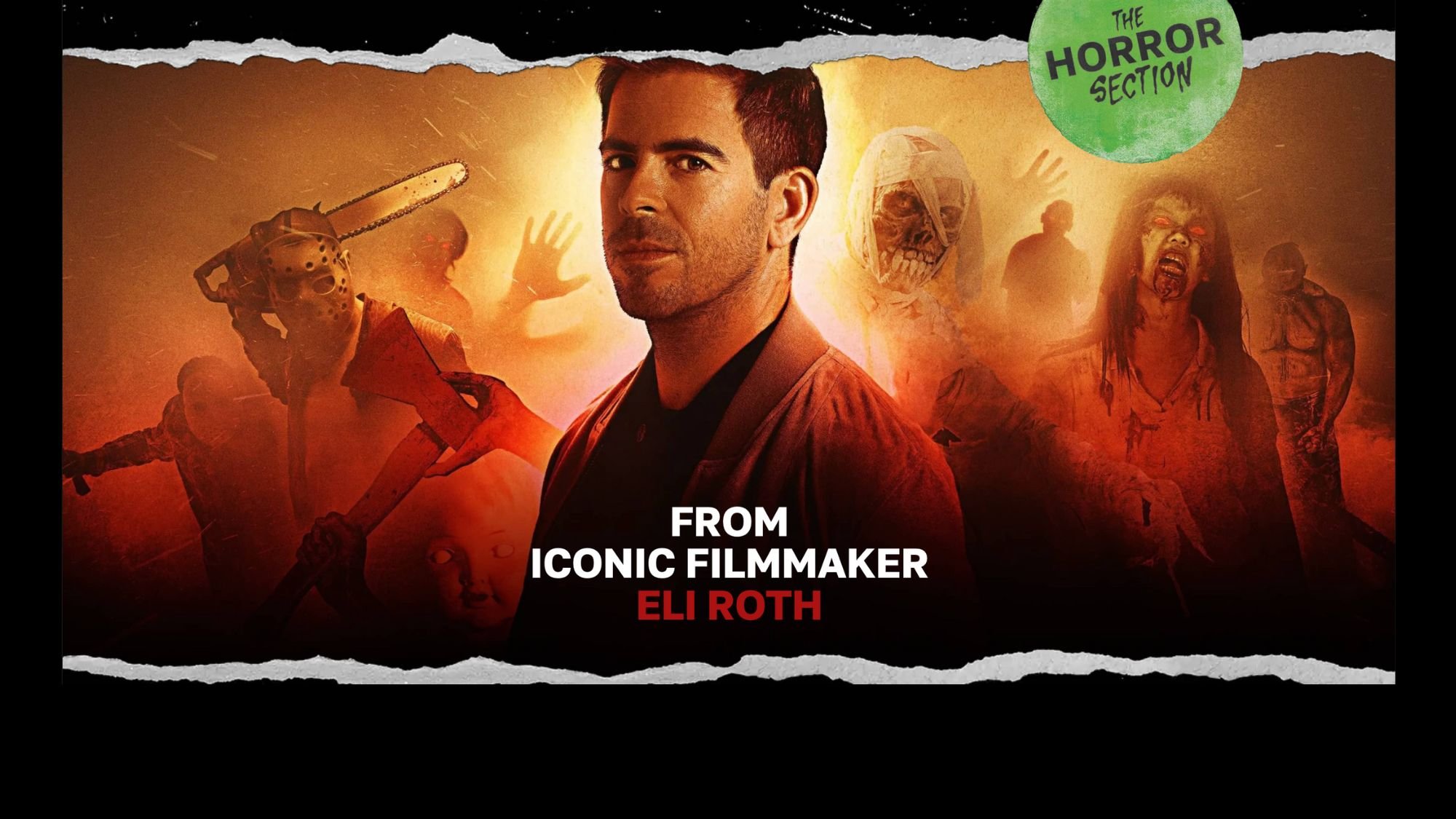EXCLUSIVE: One on One With Author, Mike Thorn
When it comes to horror literature, there are a few names that instinctively come to mind. Clive Barker, HP Lovecraft, Stephen King, Edgar Allen Poe…
As a big reader (and an author myself), I’m always on the hunt for someone new. So when I get a call from my mate, Jamie Blanks, telling me to check out Mike Thorn, I knew he would be the next big name in the horror genre.
After being put in contact with Mike, he was only too happy to oblige this Aussie fan with an interview.
REI: I was first introduced to you by one of our mutual friends, Jamie Blanks. For those out there who might not know you, please introduce yourself.
MIKE: Well, to begin, I want to say thank you to the great Jamie Blanks!
I’m a fiction writer from Calgary, Alberta. My first short story collection, Darkest Hours, was originally published by a small Canadian publisher in 2017, and this June it was re-released in an expanded edition through JournalStone. I’m also the author of the novel Shelter for the Damned and the forthcoming short story collection Peel Back and See (both published by JournalStone). I write freelance film criticism, too, and I’ve just started my PhD in creative writing at the University of New Brunswick.
REI: You are fast becoming one of my favorite authors. How did you get your start in writing?
MIKE: Well, I’m thrilled to hear that! Thank you.
I’ve been writing stories for as long as I can remember. It was never really a conscious choice so much as it was something I just always did. I made my first professional fiction sale in 2015, when my story “Long Man” landed its home in an anthology called Creepy Campfire Stories (for Grownups). That tale now lives inside Darkest Hours.
REI: What drew you to the horror genre?
Horror’s aesthetics and tones have always spoken to me. I read Stephen King’s Pet Sematary around the age of 12, and that was my true genre gateway drug. It was a revelatory experience. Around that age, I was also obsessed with Alice Cooper and Rob Zombie, and I was drawn in as much by their horror-steeped imagery as I was by their music. I was starting to delve into horror movies in my pre-teens and early teens, as well: some of the formative films were Mary Lambert’s adaptation of Pet Sematary, William Friedkin’s The Exorcist, David Cronenberg’s The Dead Zone, Brian De Palma’s Carrie, Tommy Lee Wallace’s It miniseries, and Ronny Yu’s Bride of Chucky.
REI: You’ve done a collection of short stories in Darkest Hours as well as your soon-to-be-released Peel Back and See. Do you prefer to write anthologies like these, or do you find yourself preferring to write feature-length novels?
MIKE: In many ways, novel-writing can be a cumbersome, complicated, and overwhelming endeavor. It takes me years to see a novel from start to finish. But there’s also a unique pleasure in seeing a larger-scale project to completion, and the form offers unique possibilities for really probing character interiority. I enjoy the limitations inherent to writing short fiction, the way the medium forces me to distill my ideas, and the fact that it offers an expedient conduit for specific feelings or thoughts. Short stories, for me, really are time capsules written in a condensed period, whereas novels take longer to write, and they draw on my shifts in perspective as they move through their various drafts. So, I guess my answer is, “both short and long fiction have their merits.”
REI: As a fellow author, I know I tend to favor certain stories above others. Do you have a favorite story you’ve written? If so, why is it your favorite?
MIKE: I don’t think I have one favorite thing that I’ve written, per se, but I’m proud of what I see as a triptych of stories in Peel Back and See, varied in style but connected by thematic focus—I’m talking about “Havoc,” “Deprimer,” and “Fade to White.” All three of these pieces pushed me to uncomfortable places, and I think they document real pain and anxiety. The hope is always that these affects translate to the reader, too.
REI: I mentioned to you recently that I was reading Shelter for the Damned and that I was so captivated by the story and the characters that I simply couldn’t put it down. What does a story, regardless of being in print or film, need to enthrall you to the same level?
MIKE: I’m extremely glad to hear that Shelter for the Damned pulled you in!
Above all else, I’m drawn to prose style and point-of-view. For me, these things are much more essential than narrative content or even plot design. When I think back to the books that offered me truly exhilarating first encounters—from Herman Melville’s Moby Dick to Kathe Koja’s The Cipher to Virginia Woolf’s To the Lighthouse to Bret Easton Ellis’s American Psycho—I remember being seduced by voice and perspective more than anything.
REI: I was going through my home library the other day and came across Unwrapped: The BareBack Anthology, a collection of innovative poetry, to which you appear in twice. Any chance you’ll share a collection of your poetry?
MIKE: Wow, you know what’s funny? I don’t actually have a copy of that BareBack anthology. You’re digging deep into my archives here—Ha!
I don’t currently have any plans for a poetry collection, but around a decade ago, my friend Tomas Boudreau and I co-wrote and self-published a book called Sleep and Ecstasy. If people really want to read poetry from an early twentysomething Mike, there are copies floating around (please don’t go looking for them).
Poetry was the go-to mode in my late teens and early twenties, but I think a lot of the stuff I produced during that period would probably make me cringe now. I suppose it’s possible that I could dig through all that material and see if there’s a book’s worth of interesting content… maybe one day? I don’t know. I hadn’t thought about it until now.
REI: Oh you know I’m going to hunt that book down now. What has been the best piece of advice you’ve received regarding your career?
MIKE: I can’t seem to remember one specific piece of advice, but I’ve been lucky to have the support and guidance of several established writers and artists, and these people have taught me many valuable things—I’m thinking about Randy Nikkel Schroeder, Robert Dunbar, Jeffrey Reddick, and of course Jamie Blanks, among others.
REI: What do you hope people get out of reading your works?
MIKE: My primary hope is that readers get “lost” in my work, in some sense, that they are interested in my stories and characters. I am, fundamentally, an emotion-driven writer and person, so my fiction usually seeks to capture a visceral experience … that’s more important to me than any sort of cerebral response. Of course, it’s always a rush when people connect with the thematic threads and undercurrents, too… as long as my readers feel engaged in some way, I’m happy.
REI: My writing seems to be influenced heavily by the films I watch and whatever my imagination can conjure up when I finally get to sleep. What inspires and influences your work?
MIKE: I draw inspiration from everywhere—books, dreams and nightmares, relationships, daily news, meditation, films, traumas, conversations and debates, classes, music, visual art…
In terms of writers, some of my major influences are Hubert Selby Jr., Kathe Koja, Jim Thompson, Edgar Allan Poe, H.P. Lovecraft, Herman Melville, Stephen King, Georges Bataille, Thomas Ligotti, and Don DeLillo.
REI: What are you currently working on?
MIKE: I’m currently lurching toward the end of my next novel’s first draft. It’s called Cloven Hoof, and it contains more moving parts than anything else I’ve written. It will need a lot of revision, but I’m pleased to finally say with confidence that I will finish this book.
REI: If you weren’t an author, what would you like to have done with your life?
MIKE: Probably the exact same thing I’m doing now: stumbling my way through the labyrinthine world of academia, teaching, and reading too much.
REI: Where can we find your books?
MIKE: You can get Shelter for the Damned and Darkest Hours through Amazon, Barnes & Noble, Chapters-Indigo, and elsewhere. You can also order them directly through JournalStone.
Peel Back and See is available to pre-order through JournalStone, and it will rear its head on other vendor sites soon.
Shelter for the Damned: https://journalstone.com/bookstore/shelter-for-the-damned/
Darkest Hours: https://journalstone.com/bookstore/darkest-hours/
Peel Back and See: https://journalstone.com/bookstore/peel-back-and-see/
I’d like to thank Mike for taking time out of his busy schedule to chat with me. It’s been a pleasure getting to know this incredible man. If you haven’t checked out his work yet, I implore you to track a copy of his book Shelter For The Damned down. It will draw you in and you won’t be able to put it down.















